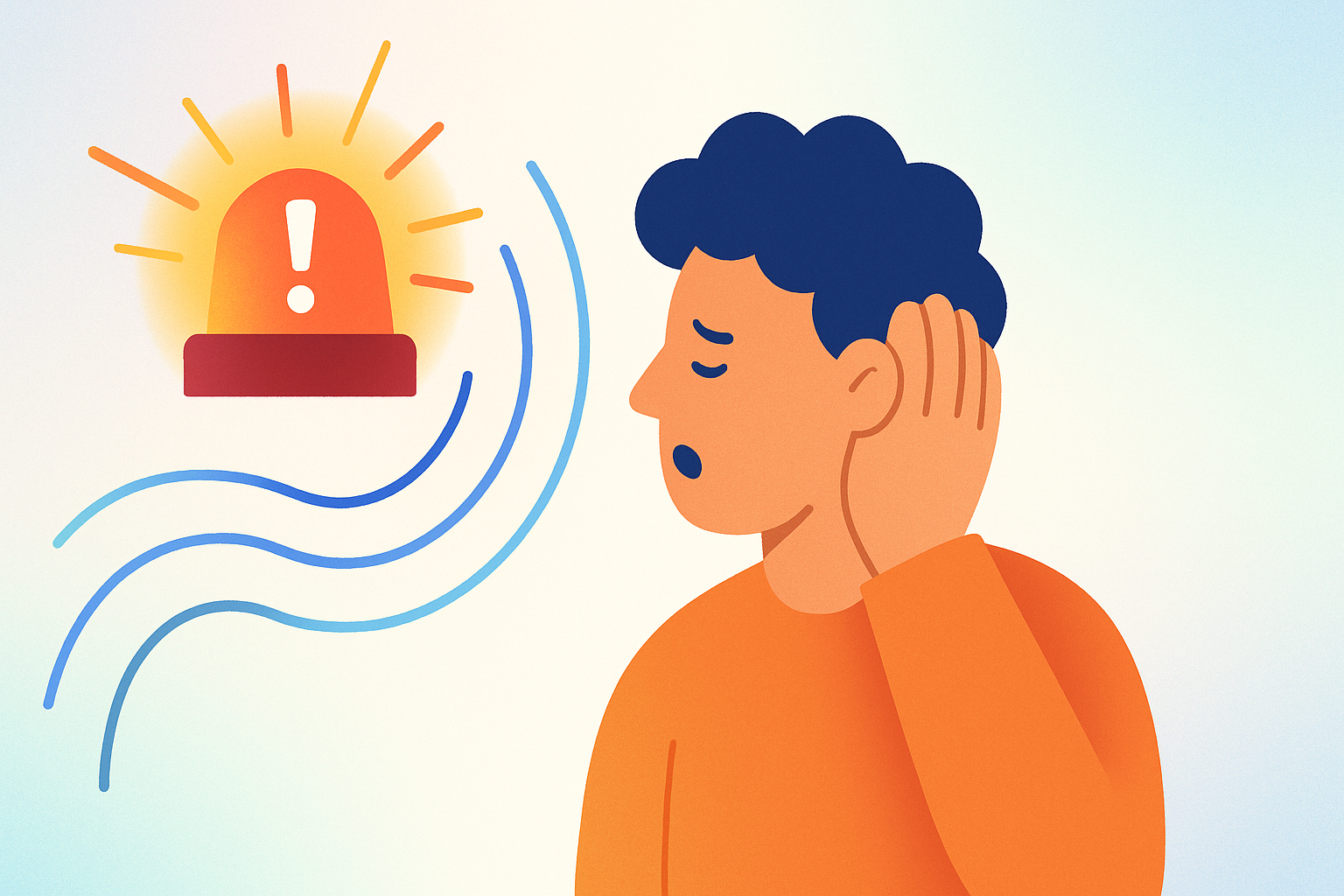


Alerting devices, also known as audible or visual alarms or detectors, are specialized tools designed to notify individuals of important signals such as fire alarms, doorbells, or emergency alerts through sound, light, or vibration. These accommodations help people with hearing or sensory impairments recognize critical warnings in their environment. Common synonyms include notification devices and sensory alert systems. By converting auditory signals into visual flashes or vibrations, these devices promote safety and accessibility in homes, workplaces, and public spaces. They play a vital role in creating inclusive environments where everyone can respond promptly to alerts, reducing risks and improving overall awareness.
To use alerting devices effectively, place them in key areas like bedrooms, living rooms, or workspaces where alerts need to be noticed. Connect devices to existing alarms or use standalone units with flashing lights or vibrating components. Regularly test the alarms to confirm they function correctly and replace batteries as needed. Adjust the brightness or vibration intensity for personal comfort. Keeping devices clean and unobstructed helps maintain visibility and performance. Following these steps promotes timely awareness of important signals.
Disclo streamlines requests, documentation, and tracking for Alerting Device, Audible or Visual Alarms or Detectors, so HR teams and employees spend less time on paperwork and more time working productively.
